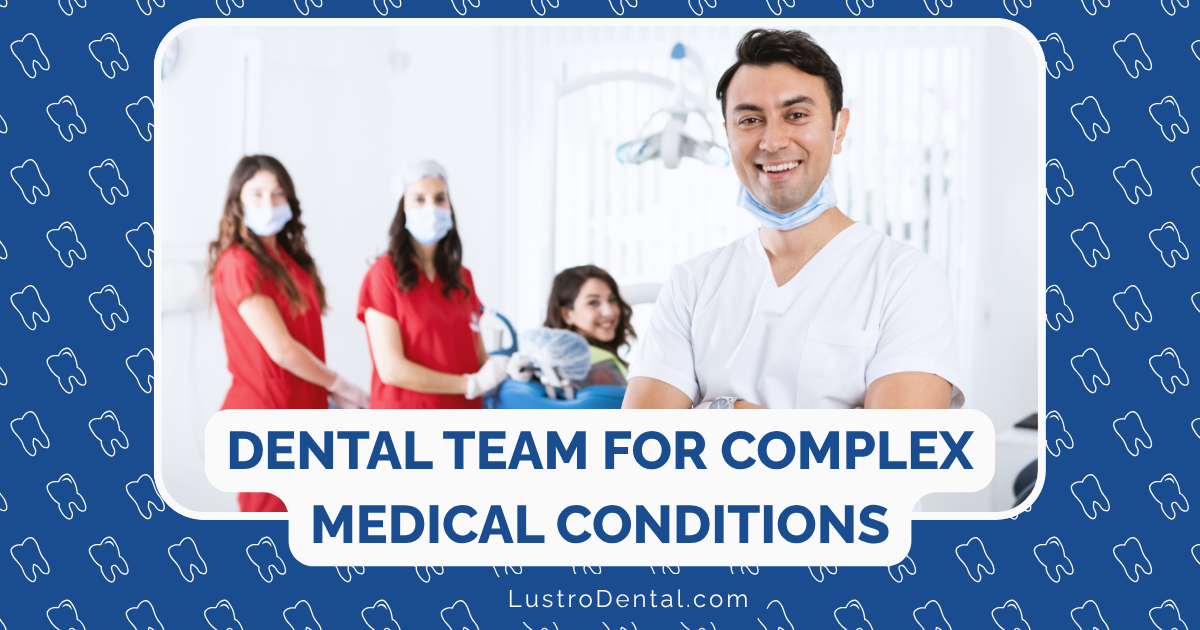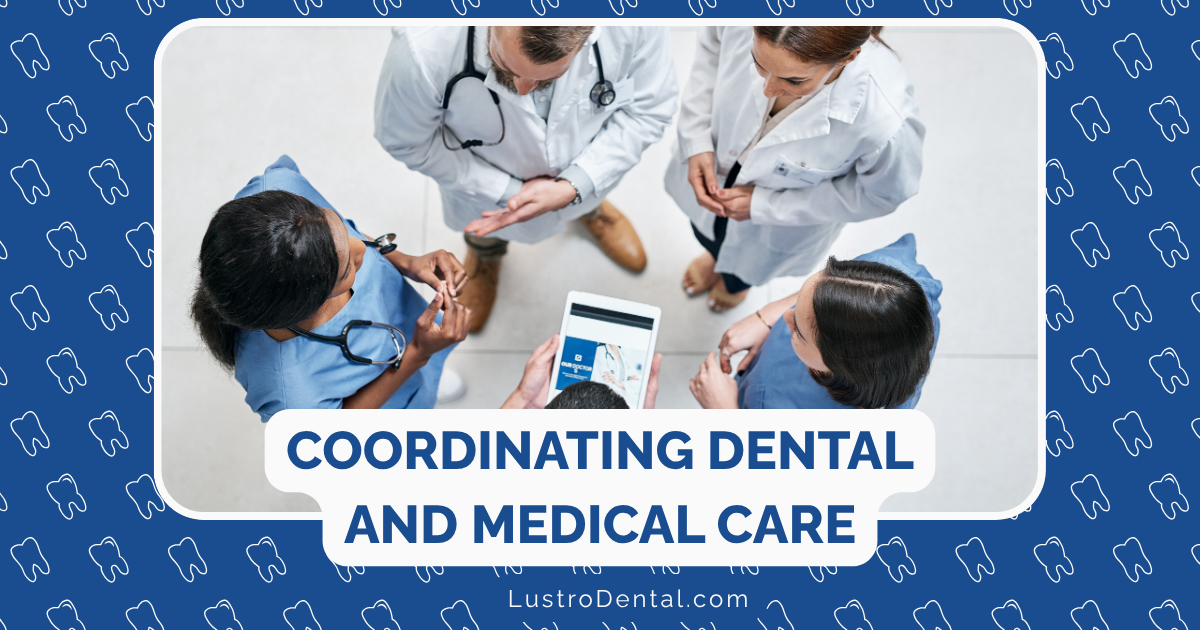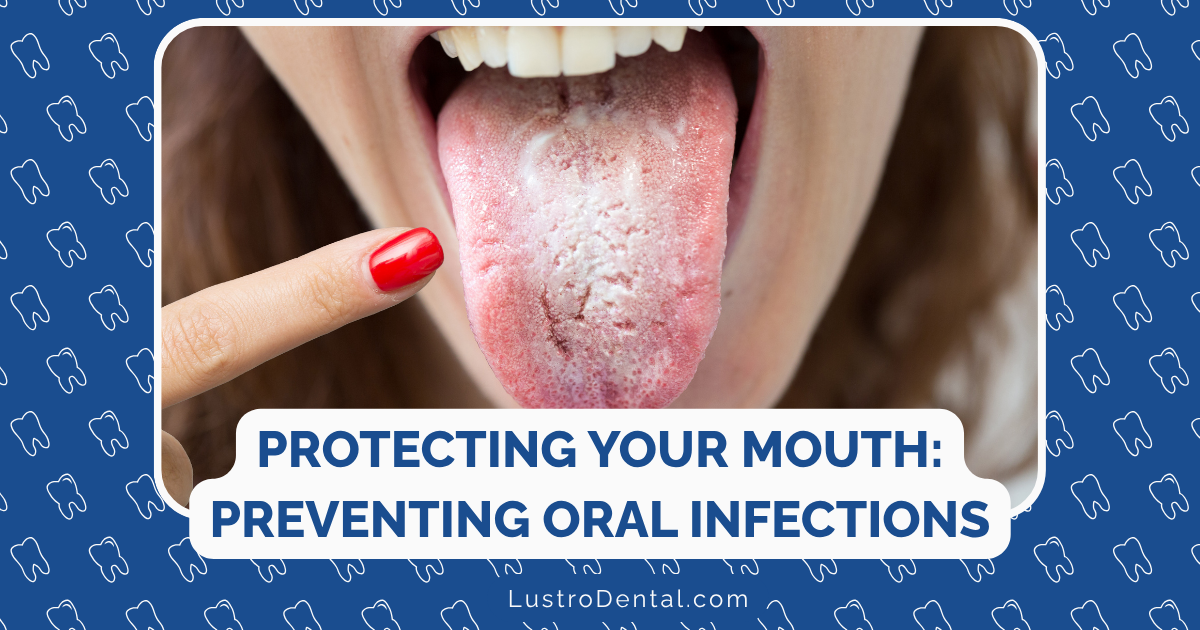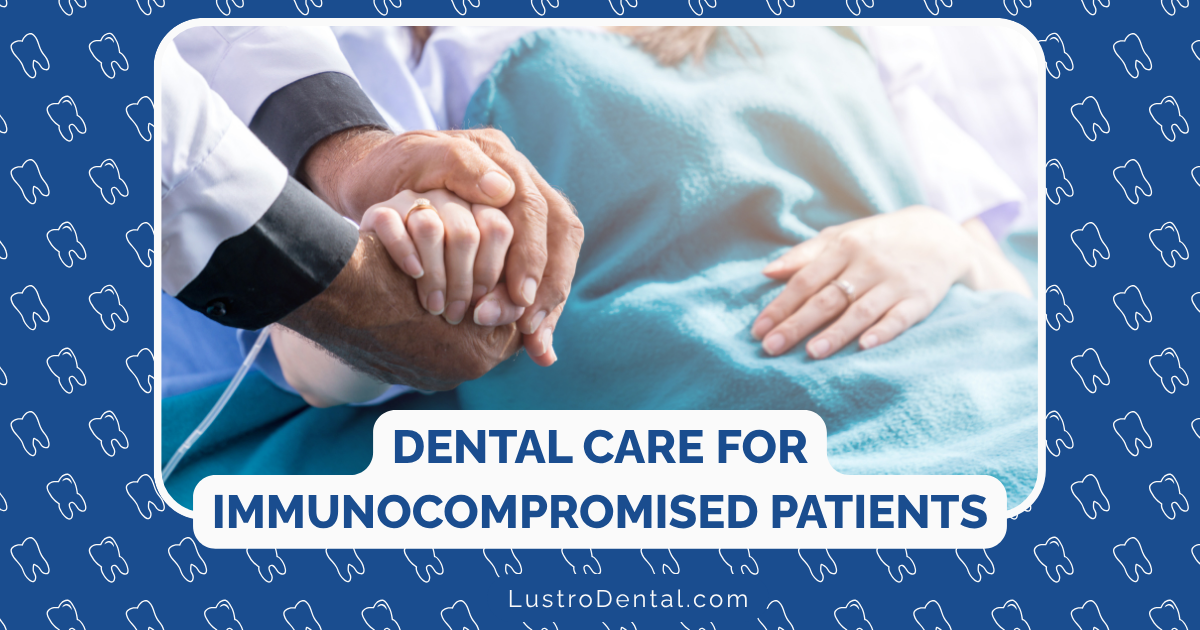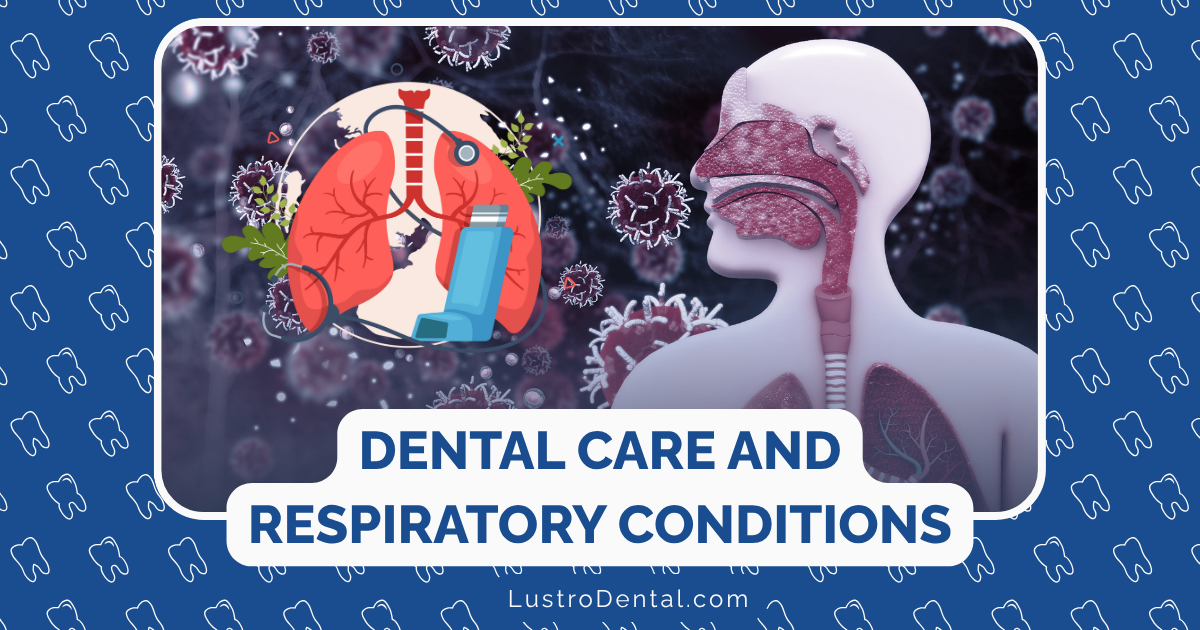Dental Care in Assisted Living: Advocating for Proper Oral Health

When families and individuals consider assisted living facilities, they typically focus on medical care, social activities, nutrition, and safety. Oral health, however, often falls into a concerning gap—neither fully integrated into healthcare protocols nor consistently addressed in daily care routines. This oversight can have serious consequences for residents’ overall health, dignity, and quality of life.
As an advocate for comprehensive dental health, I’ve seen how proper oral care can transform the well-being of seniors in assisted living settings. Conversely, I’ve witnessed the devastating effects when this essential aspect of health is neglected. The good news is that with awareness, advocacy, and practical solutions, we can significantly improve dental care for our loved ones in assisted living facilities.
The State of Oral Health in Assisted Living Facilities
The statistics paint a concerning picture of oral health in long-term care settings:
- Approximately 20% of Americans over 65 have untreated cavities, with the percentage rising to nearly 38% for those 75 and older.
- According to research published in the Journal of the American Medical Directors Association, nearly half of residents in assisted living facilities have poor oral care.
- Only 16% of nursing home residents receive oral care, and when they do, it typically lasts about 1.25 minutes—far below the recommended 6 minutes.
- Less than half of all Medicare recipients have visited a dentist in the past year.
- A shocking 94.4% of assisted living facilities have no formal oral healthcare program, according to a study in Innovation in Aging.
- 80% to 85% of patients in post-acute and long-term care settings do not receive adequate oral care.
These numbers reflect a systemic problem rather than isolated incidents. Dr. Sarah Johnson, a geriatric dentist who works with several assisted living communities, notes: “What we’re seeing is a perfect storm of barriers—limited staff training, inadequate policies, financial constraints, and a lack of awareness about how critical oral health is for overall well-being.”
Understanding the Barriers to Proper Oral Care
Several factors contribute to the gap in oral healthcare in assisted living settings:
Staff-Related Barriers
- Limited Training: Many caregivers receive minimal or no training in providing oral care, especially for residents with complex needs.
- Time Constraints: Staff often juggle numerous responsibilities, making it difficult to dedicate sufficient time to oral hygiene.
- Discomfort with Oral Care: Some caregivers feel uncomfortable providing mouth care, particularly for residents with cognitive impairments who may resist.
- High Turnover: Frequent staff changes make it challenging to maintain consistent care protocols.
Resident-Related Barriers
- Cognitive Impairments: Over 40% of assisted living residents have dementia, which can make them resistant to oral care.
- Physical Limitations: Conditions like arthritis can make it difficult for residents to perform their own oral hygiene.
- Medication Effects: Many seniors take medications that cause dry mouth, increasing their risk for decay and gum disease.
- Pre-existing Dental Issues: Many residents enter facilities with untreated dental problems that worsen over time.
Systemic Barriers
- Financial Constraints: Medicare does not cover routine dental care, and many seniors lack dental insurance.
- Limited Access to Dental Professionals: Few dentists are trained in geriatric care, and even fewer visit assisted living facilities.
- Lack of Regulatory Oversight: Unlike medical care, dental care requirements in assisted living facilities are often vague or unenforced.
- Siloed Approach to Health: Oral health is frequently separated from general healthcare, both in training and in practice.
The Critical Connection: Oral Health and Overall Health
The consequences of poor oral health extend far beyond the mouth, particularly for vulnerable seniors:
Systemic Health Impacts
- Respiratory Infections: Bacteria from the mouth can be aspirated into the lungs, causing pneumonia—a leading cause of death in nursing homes.
- Cardiovascular Disease: Research links periodontal disease to increased risk of heart attack and stroke.
- Diabetes Complications: Poor oral health can make blood sugar control more difficult for diabetic residents.
- Nutritional Deficiencies: Dental pain, missing teeth, and ill-fitting dentures can make eating difficult, leading to malnutrition.
- Cognitive Decline: Emerging research suggests connections between gum disease and increased risk of cognitive impairment.
Quality of Life Impacts
- Chronic Pain: Untreated dental issues can cause persistent pain that residents may not be able to communicate effectively.
- Social Isolation: Embarrassment about dental appearance or bad breath can lead residents to withdraw from social activities.
- Communication Difficulties: Missing teeth or poorly fitting dentures can affect speech and self-expression.
- Diminished Dignity: Poor oral health can affect a person’s sense of dignity and self-worth.
Dr. Michael Chen, a geriatrician specializing in long-term care, emphasizes: “We’re increasingly recognizing that you cannot provide quality healthcare to seniors without addressing oral health. The mouth is not separate from the body, and the consequences of neglecting it can be life-threatening.”
Advocating for Better Oral Care: Practical Strategies
Effective advocacy requires a multi-faceted approach targeting various stakeholders in the assisted living ecosystem.
For Family Members and Caregivers
1. During Facility Selection:
- Ask specific questions about oral care protocols during tours
- Request to see the facility’s written policies on oral hygiene
- Inquire about staff training specific to oral care
- Ask how the facility handles dental emergencies
2. For Current Residents:
- Include dental concerns in care plan meetings
- Provide staff with specific instructions for your loved one’s oral care
- Bring in adaptive tools that make oral hygiene easier
- Schedule regular professional dental visits and arrange transportation
- Document any oral health concerns and follow up persistently
3. Collaborative Approaches:
- Form or join a family council to advocate collectively for improved oral care
- Partner with staff rather than criticizing, offering solutions and support
- Recognize and praise good oral care practices when observed
- Share educational resources about the importance of oral health
For Facility Administrators and Staff
1. Staff Training Initiatives:
- Implement comprehensive training programs on oral care techniques
- Include specific modules on managing resistant behaviors
- Provide hands-on practice with supervision and feedback
- Offer continuing education credits for advanced oral health training
- Partner with dental hygiene schools for staff education
2. Policy Development:
- Create clear, detailed protocols for daily oral hygiene
- Implement oral health assessments as part of regular health screenings
- Develop relationships with dental professionals for consultation
- Establish clear documentation requirements for oral care
- Create accountability systems to ensure completion of oral care tasks
3. Environmental Modifications:
- Ensure adequate lighting and ergonomic set-ups for oral care
- Stock appropriate supplies (soft toothbrushes, alcohol-free rinses, etc.)
- Create dedicated spaces for oral hygiene if possible
- Post visual reminders about oral care protocols
- Make adaptive equipment available for residents with physical limitations
Innovative Solutions Making a Difference
Several promising approaches are helping bridge the oral health gap in assisted living settings:
Mobile Dental Services
Mobile dental providers bring comprehensive care directly to assisted living facilities, eliminating transportation barriers. These services typically offer:
- Preventive care (cleanings, exams, fluoride treatments)
- Restorative services (fillings, extractions, denture repairs)
- Screening for oral cancer and other conditions
- Education for both residents and staff
Organizations like Apple Tree Dental in Minnesota and ElderSmile in New York have demonstrated the effectiveness of this model.
Teledentistry
Teledentistry combines technology with dental care to improve access:
- Remote consultations for assessment and triage
- Virtual training for staff on oral care techniques
- Monitoring of oral conditions between in-person visits
- Coordination between dental professionals and facility staff
During the COVID-19 pandemic, teledentistry proved especially valuable and continues to evolve as a solution for facilities in rural areas or those with limited access to dental professionals.
Interdisciplinary Care Models
Integrated approaches that connect oral health with overall healthcare show promising results:
- Including dental professionals in care planning teams
- Training nurses to perform basic oral health assessments
- Coordinating medication management to reduce dry mouth side effects
- Implementing nutrition plans that support oral health
Dr. Lisa Zhang, who implemented an interdisciplinary oral health program across five assisted living facilities, reports: “When we broke down the silos between dental care and medical care, we saw dramatic improvements. Pneumonia rates dropped by 32%, emergency dental visits decreased by 45%, and staff reported greater confidence in providing oral care.”
Success Stories: Models That Work
Case Study: Sunrise Senior Living’s Oral Health Initiative
Sunrise Senior Living implemented a comprehensive oral health program across its facilities with impressive results:
Key Components:
- Mandatory staff training on oral care techniques
- Partnership with dental hygiene schools for quarterly visits
- Oral health assessment upon admission and quarterly thereafter
- Dedicated “oral health champions” on each shift
- Family education about the importance of maintaining dental care
Results:
- 67% reduction in hospitalizations related to pneumonia
- 42% improvement in residents’ self-reported quality of life
- 89% of staff reported feeling more confident providing oral care
- 78% reduction in emergency dental visits
Case Study: The Green Meadows Approach
Green Meadows Assisted Living, a small 40-bed facility in rural Minnesota, demonstrates that size and location don’t have to be barriers:
Key Components:
- Weekly visits from a dental hygienist
- Staff incentive program for oral care completion
- Personalized oral care plans for each resident
- Monthly family education sessions
- Adaptive equipment library for residents with physical limitations
Results:
- Near 100% compliance with daily oral hygiene protocols
- Significant improvement in residents’ oral health status
- Reduced resistance to care through consistent approaches
- Positive feedback from state inspectors on oral health protocols
Policy Advocacy: Systemic Solutions
While facility-level changes are essential, broader policy reforms are needed to fully address the oral health crisis in assisted living:
Medicare Reform
- Advocate for the inclusion of comprehensive dental benefits in Original Medicare
- Support legislation that would expand dental coverage for seniors
- Push for integration of oral health into Medicare quality measures
Regulatory Changes
- Advocate for more specific oral health requirements in assisted living regulations
- Support mandatory oral health training for assisted living staff
- Push for regular dental screenings as part of required assessments
Educational Initiatives
- Support increased geriatric content in dental and dental hygiene education
- Advocate for oral health training in certified nursing assistant programs
- Promote interdisciplinary education that connects medical and dental professionals
Resources for Effective Advocacy
Organizations Leading the Way
- Oral Health America’s Wisdom Tooth Project
- Special Care Dentistry Association
- National Elder Care Rights Center
- Justice in Aging
Educational Materials
- The American Dental Association’s Mouth Healthy website offers resources specifically for caregivers
- The CDC’s Foundations: Building the Safest Dental Visit provides free training
- Smiles for Life offers geriatric oral health curriculum modules
Assessment Tools
- The Association of State and Territorial Dental Directors’ Basic Screening Survey
- The Oral Health Assessment Tool (OHAT) for aged care
- The Kayser-Jones Brief Oral Health Status Examination (BOHSE)
Taking Action: Next Steps for Advocates
Immediate Actions
- For Family Members:
- Schedule a dental examination for your loved one
- Discuss oral care during your next care plan meeting
- Provide the facility with written instructions for your loved one’s specific needs
- Supply appropriate oral hygiene tools
- For Facility Staff:
- Conduct an informal assessment of current oral care practices
- Identify residents at highest risk for oral health problems
- Research training opportunities for your team
- Connect with local dental professionals about potential partnerships
- For Administrators:
- Review current policies regarding oral health
- Survey staff about barriers to providing oral care
- Explore mobile dental service options for your facility
- Consider designating an “oral health champion” on staff
Long-term Commitment
Meaningful change requires sustained effort:
- Document oral health outcomes to demonstrate the impact of interventions
- Share successful strategies with other facilities and advocacy organizations
- Participate in research efforts to improve oral care in long-term care settings
- Engage with policymakers about the importance of oral health for seniors
Conclusion: A Call to Action
The oral health crisis in assisted living facilities demands our attention and action. The consequences of neglect are too severe, and the benefits of proper care too significant to ignore. Every resident deserves dignity, comfort, and health—all of which are compromised when oral care is overlooked.
Whether you’re a family member, facility staff member, administrator, or concerned citizen, you have the power to advocate for change. By raising awareness, implementing best practices, and pushing for policy reforms, we can transform oral healthcare in assisted living settings.
As Dr. Robert Wilson, a leading geriatric dentist, puts it: “The mouth is the gateway to the body. When we neglect oral health in our most vulnerable populations, we’re neglecting their overall health, dignity, and quality of life. But when we get it right—when we prioritize oral health as an essential component of care—we see remarkable improvements across the board.”
The path to better oral health in assisted living begins with advocacy. Let your voice be heard, and be the catalyst for change that improves lives, one smile at a time.
What has been your experience with dental care in assisted living facilities? Share your stories, challenges, and successes in the comments below.


